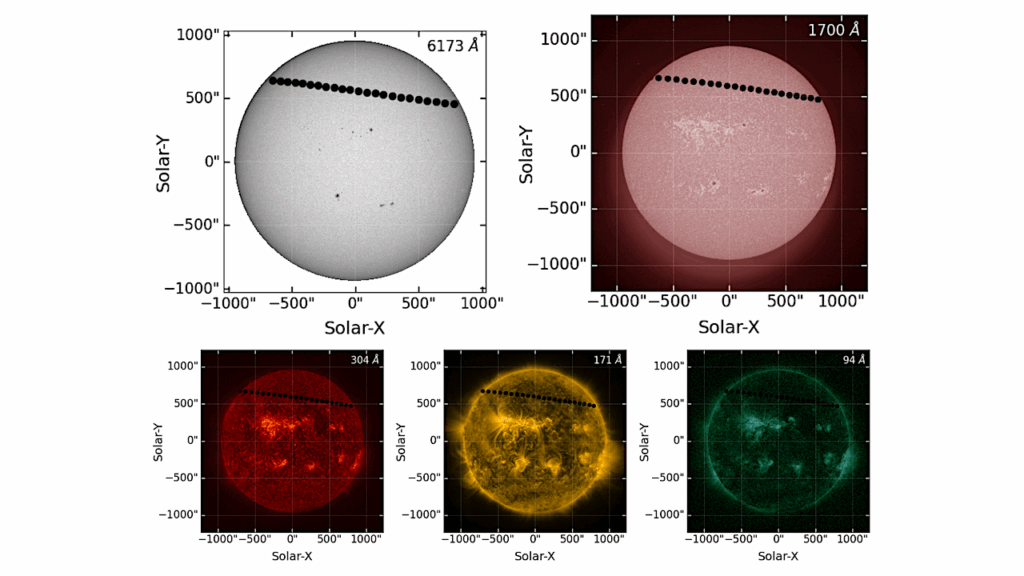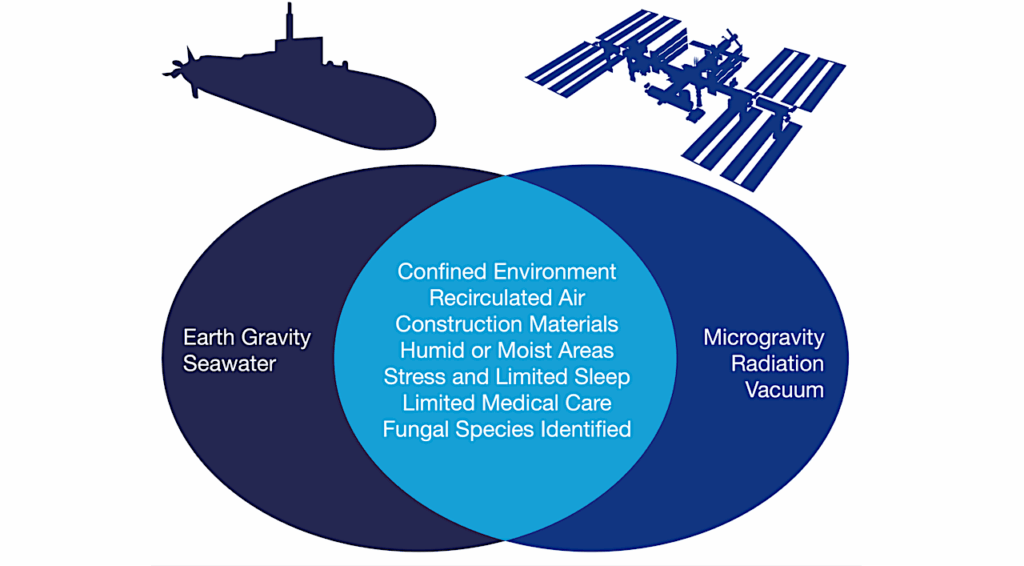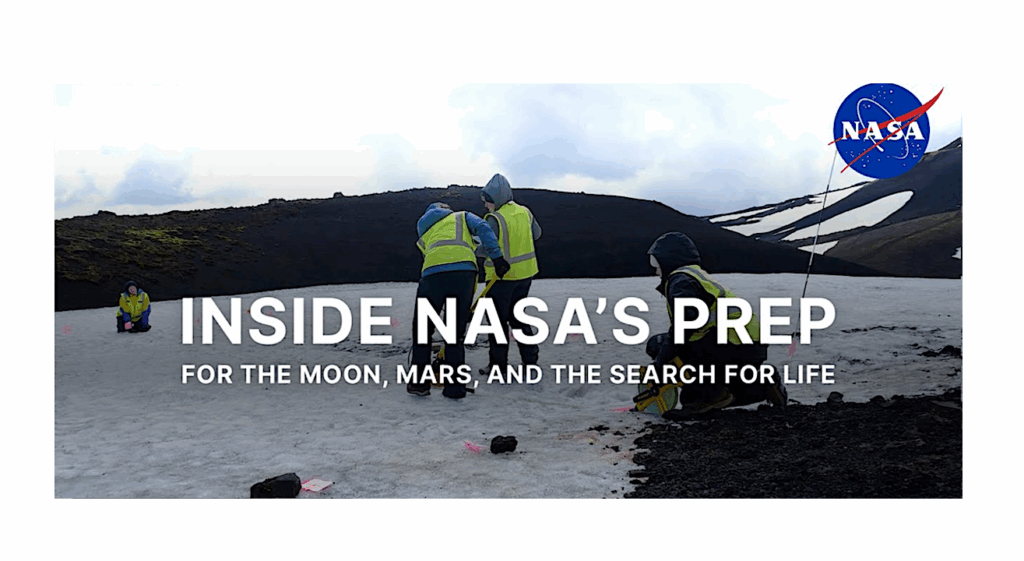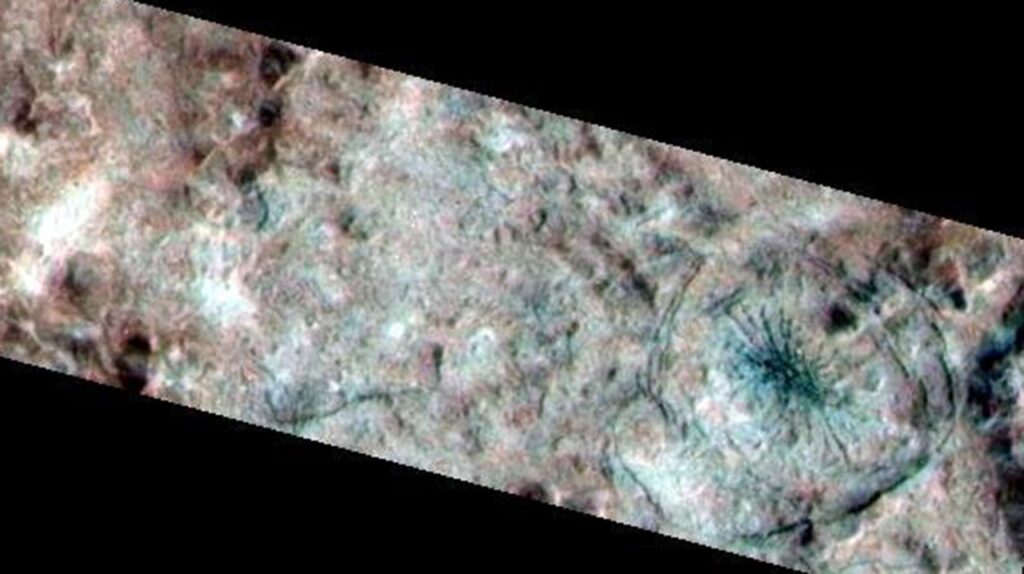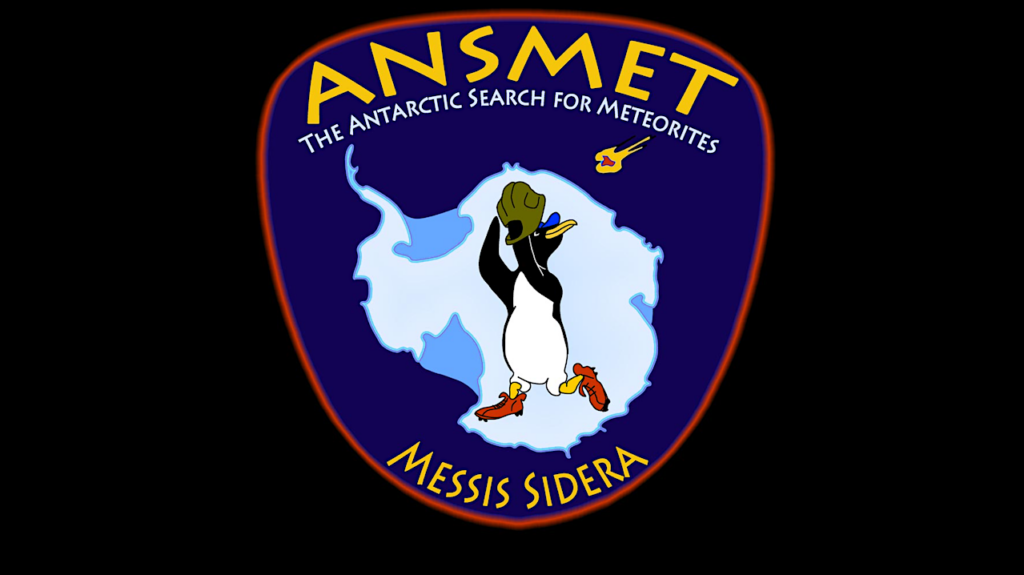Comparisons Of The Core And Mantle Compositions Of Earth Analogs From Different Terrestrial Planet Formation Scenarios

The chemical compositions of Earth’s core and mantle provide insight into the processes that led to their formation. N-body simulations, on the other hand, generally do not contain chemical information, and seek to only reproduce the masses and orbits of the terrestrial planets.
These simulations can be grouped into four potentially viable scenarios of Solar System formation (Classical, Annulus, Grand Tack, and Early Instability) for which we compile a total of 433 N-body simulations. We relate the outputs of these simulations to the chemistry of Earth’s core and mantle using a melt-scaling law combined with a multi-stage model of core formation.
We find the compositions of Earth analogs to be largely governed by the fraction of equilibrating embryo cores and the initial embryo masses in N-body simulations. Simulation type may be important when considering magma ocean lifetimes, where Grand Tack simulations have the largest amounts of material accreted after the last giant impact.
However, we cannot rule out any accretion scenarios or initial embryo masses due to the sensitivity of Earth’s mantle composition to different parameters and the stochastic nature of N-body simulations. Comparing the last embryo impacts experienced by Earth analogs to specific Moon-forming scenarios, we find the characteristics of the Moon-forming impact are dependent on the initial conditions in N-body simulations where larger initial embryo masses promote larger and slower Moon-forming impactors. Mars-sized initial embryos are most consistent with the canonical hit-and-run scenario onto a solid mantle.
Our results suggest that constraining the fraction of equilibrating impactor core and the initial embryo masses in N-body simulations could be significant for understanding both Earth’s accretion history and characteristics of the Moon-forming impact.
Jesse T. Gu, Rebecca A. Fischer, Matthew C. Brennan, Matthew S. Clement, Seth A. Jacobson, Nathan A. Kaib, David P. O’Brien, Sean N. Raymond
Subjects: Earth and Planetary Astrophysics (astro-ph.EP)
Cite as: arXiv:2302.11020 [astro-ph.EP] (or arXiv:2302.11020v1 [astro-ph.EP] for this version)
https://doi.org/10.48550/arXiv.2302.11020
Focus to learn more
Related DOI:
https://doi.org/10.1016/j.icarus.2023.115425
Focus to learn more
Submission history
From: Jesse Gu
[v1] Tue, 21 Feb 2023 21:33:59 UTC (2,322 KB)
https://arxiv.org/abs/2302.11020
Astrobiology



